Photo Gallery for Herpetogramma pertextalis - Bold-feathered Grass Moth | 114 photos are available. Only the most recent 30 are shown.
|
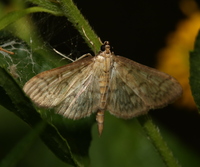 | Recorded by: David George, Stephen Dunn, Jeff Niznik, Larry Chen on 2023-10-28
Orange Co.
Comment: | 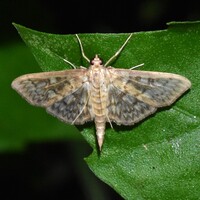 | Recorded by: David George, Jeff Niznik on 2023-09-20
Durham Co.
Comment: |
 | Recorded by: David George, Jeff Niznik on 2023-09-04
Orange Co.
Comment: | 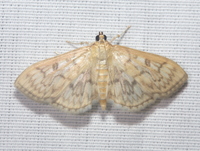 | Recorded by: David George on 2023-08-25
Orange Co.
Comment: |
 | Recorded by: Jim Petranka and Becky Elkin on 2023-08-23
Madison Co.
Comment: | 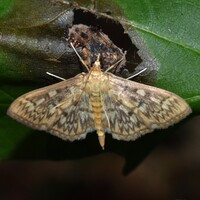 | Recorded by: David George, Stephen Dunn, Jeff Niznik on 2023-08-18
Caswell Co.
Comment: |
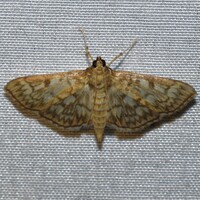 | Recorded by: David George, Stephen Dunn, Jeff Niznik on 2023-08-10
Orange Co.
Comment: |  | Recorded by: Owen McConnell on 2023-07-31
Graham Co.
Comment: |
 | Recorded by: Darryl Willis on 2023-07-30
Cabarrus Co.
Comment: |  | Recorded by: David George, Stephen Dunn, Jeff Niznik, Rich Teper, Becky Watkins on 2023-07-30
Swain Co.
Comment: |
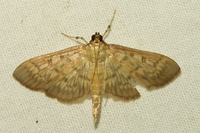 | Recorded by: Owen McConnell on 2023-07-19
Durham Co.
Comment: | 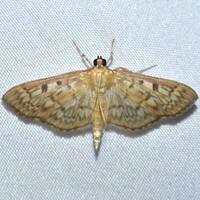 | Recorded by: David George, Jeff Niznik on 2023-07-19
Durham Co.
Comment: |
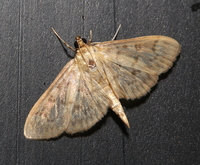 | Recorded by: David George, John Petranka on 2023-07-07
Orange Co.
Comment: |  | Recorded by: David George, Stephen Dunn, Jeff Niznik on 2023-07-06
Orange Co.
Comment: |
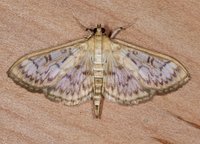 | Recorded by: Jim Petranka and Becky Elkin on 2023-06-24
Buncombe Co.
Comment: |  | Recorded by: Jim Petranka and Becky Elkin on 2023-06-24
Buncombe Co.
Comment: |
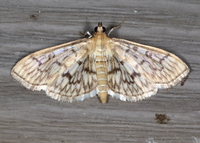 | Recorded by: Jim Petranka on 2023-06-01
Madison Co.
Comment: |  | Recorded by: John Petranka on 2023-05-25
Orange Co.
Comment: |
 | Recorded by: Owen McConnell on 2022-09-03
Graham Co.
Comment: | 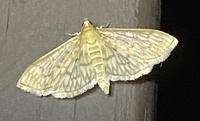 | Recorded by: David George on 2022-08-15
Avery Co.
Comment: |
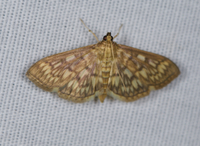 | Recorded by: Jim Petranka and Becky Elkin on 2022-08-09
Watauga Co.
Comment: | 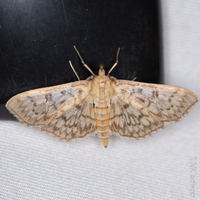 | Recorded by: David George, Lior Carlson, Becky Watkins, Richard Teper, Stephen Dunn on 2022-07-23
Orange Co.
Comment: |
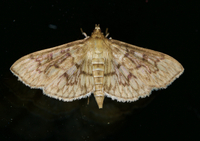 | Recorded by: Jim Petranka on 2022-07-21
Madison Co.
Comment: | 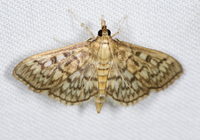 | Recorded by: Jim Petranka on 2022-07-20
Madison Co.
Comment: |
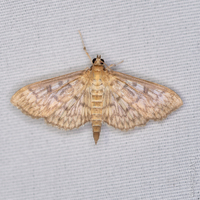 | Recorded by: David George, L. M. Carlson, Stephen Dunn on 2022-07-15
Orange Co.
Comment: |  | Recorded by: David George, L. M. Carlson on 2022-07-03
Orange Co.
Comment: |
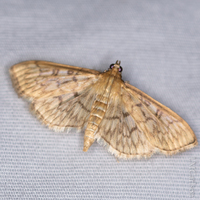 | Recorded by: David George, L. M. Carlson on 2022-06-26
Orange Co.
Comment: | 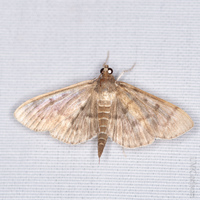 | Recorded by: David George, L. M. Carlson on 2022-06-20
Caswell Co.
Comment: |
 | Recorded by: Jim Petranka on 2022-05-19
Madison Co.
Comment: | 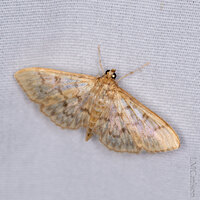 | Recorded by: David George, L. M. Carlson on 2022-05-17
Orange Co.
Comment: |
|